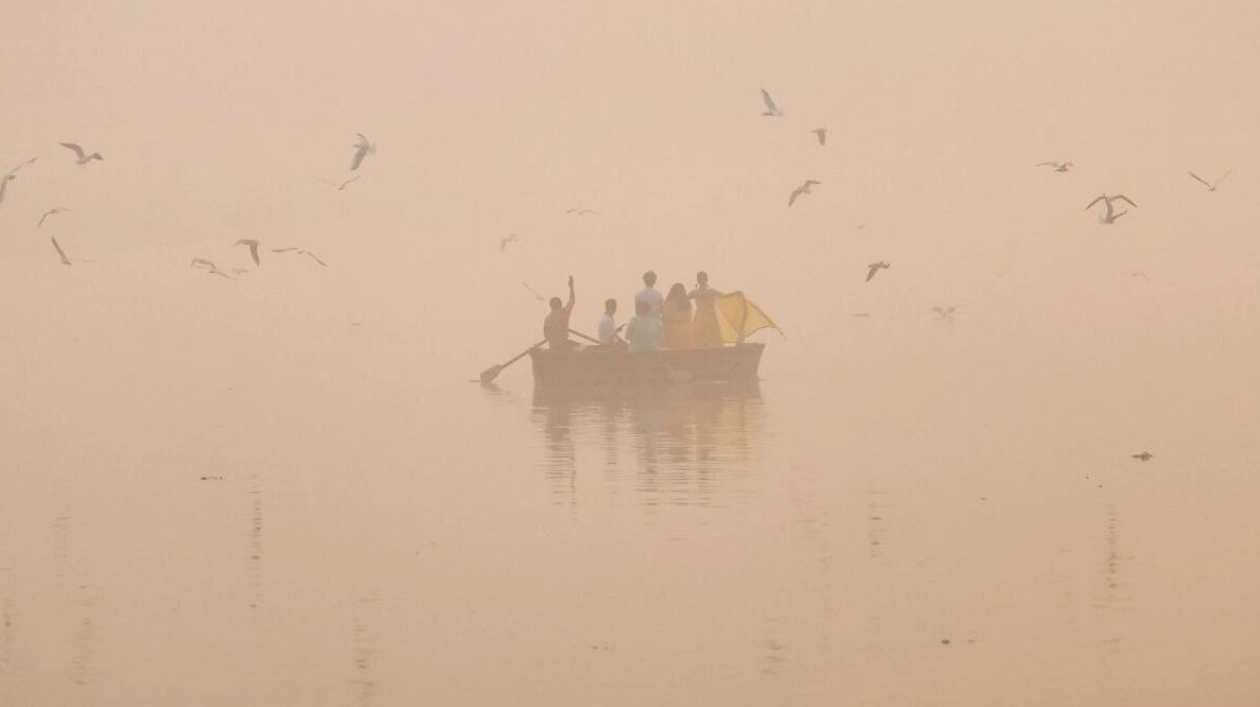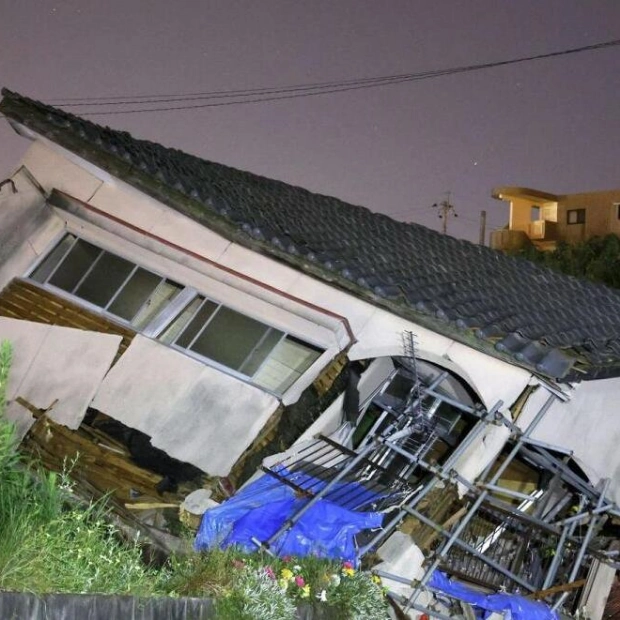People snapped photos from a boat on the Yamuna River during a hazy morning in New Delhi, India, on November 4, 2024.– Reuters
A thick, toxic smog enveloped the Indian capital on Tuesday, pushing air quality in certain areas into the 'severe' category as winter approaches. The colder months often trap pollutants, leading to a surge in respiratory ailments. The annual issue of smoke, emissions, and dust plagues New Delhi's authorities, with vehicles, construction dust, and farm fires from neighboring Punjab and Haryana states being significant contributors.
The Ministry of Earth Sciences warned, 'The outlook for the next six days: air quality is likely to remain in the 'very poor' to 'severe' range.' The city's overall air quality index, maintained by India's top pollution authorities, was 'very poor' at 384 and was expected to persist until Thursday. An index range of 401 to 500 is classified as 'severe,' affecting even healthy individuals but posing greater risks to those with existing health conditions.
Ministry data revealed that farm fires have significantly increased pollution over the past three days, contributing more than 23% on Monday, up from about 15% on Saturday. The Central Pollution Control Board (CPCB) reported that about a third of the city's 39 monitoring stations recorded 'severe' scores exceeding 400 on Tuesday, far from the 'good' range of an air quality score of zero to 50.
Swiss group IQAir ranked Delhi as the world's second most polluted city on Tuesday, trailing only Lahore in neighboring Pakistan, where authorities implemented emergency measures following unprecedented pollution levels on Sunday. The government in Punjab, home to Lahore, has attributed the declining air quality to pollution drifting in from India, a matter it intends to address with its neighbor through the foreign ministry.
Source link: https://www.khaleejtimes.com






